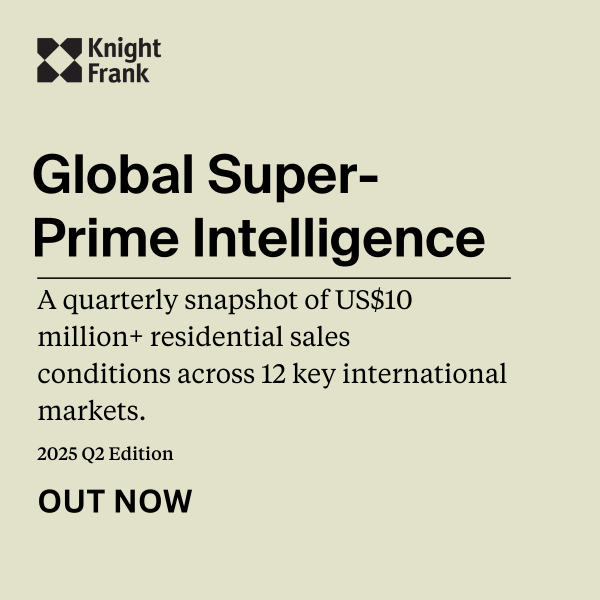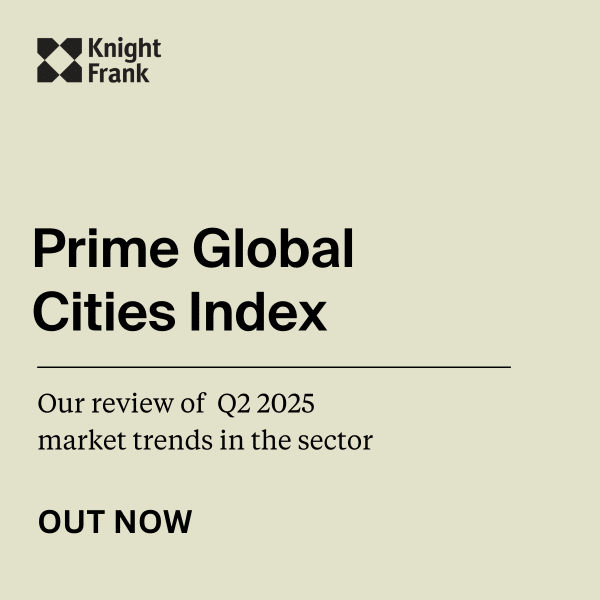American firms swoop in to buy European assets

The economic and financial situation in Europe, and the Euro Zone in particular, is creating opportunities in unexpected areas. We know that investors with liquid means have been buying real estate and other assets at prices not seen for quite a few years, but you wouldn’t expect so many of them to come from the USA.
Cash-rich investors can hail from anywhere, including Europe and the USA, but given how the economic tide has turned towards Asia you would anticipate the bulk of ‘asset-snatching’ in Europe to be done by Asian investors and entrepreneurs – many of whom really are cash-rich at the moment.
America has its own economic and financial problems to deal with, yet the country has returned to growth and net job creation at a time when Europe is still to do so. Many of America’s large private investors and financial firms are seeing opportunities in this, snatching up large and rather emblematic real estate like the Montevetro Building – Dublin’s tallest tower – or bulk buying real estate loans and the accompanying properties from banks across the European Continent.
America is subject to the same scenario itself, though to a lesser extent, as the authorities reacted quicker than their European counterparts to force huge write-downs on banks and make them address their balance sheets. It is one of the reasons why the financial institutions are now healthier in the country where the big financial blowout of 2008 first started, than they are in the region that has become most severely affected by it: Europe.
This increased American involvement in Europe, which has grown sharply in recent months, is not without risks, but the Americans believe current price levels are so attractive that the potential outweighs the risk. The process is also spurred on by the fact that many of Europe’s financial institutions are downscaling their financial exposure across the board by unloading assets. Real estate is a key component of this and it offers banks a prime opportunity to downscale their balance sheets whilst also raising much-needed capital and in the process increasing their Tier 1 capital to asset ratio.
Altogether, European financial institutions are believed to want to offload $3 trillion worth of assets within less than two years. The number of large-scale investors who can absorb this kind of stock from within Europe itself is limited, and one cannot rely exclusively on the Asian market, so the attentions of American investors are all the more welcome.
For real estate across the continent, and in particular important commercial property within the Euro Zone, this should result in increasing property transactions and a transfer to more financially sound owners. The inclusion of large-scale loan and property acquisitions within the shopping baskets of financial investors will also boost activity in residential real estate, and in some cases even open up possibilities of lending at a time when its rarity is one of the key components of frailty in the European property market.
Diana Morales, 16 May 2012 - News
Related Articles

Knight Frank Global Super-Prime Intelligence Q2 2025: Global sales surge by a third
2 min. read · Pia Arrieta

The impact of foreign property buyers in Spain
6 min. read · Pia Arrieta

Top emerging areas in Marbella
5 min. read · Pia Arrieta

Knight Frank: Prime Global Cities Index, Q2 2025
2 min. read · Pia Arrieta